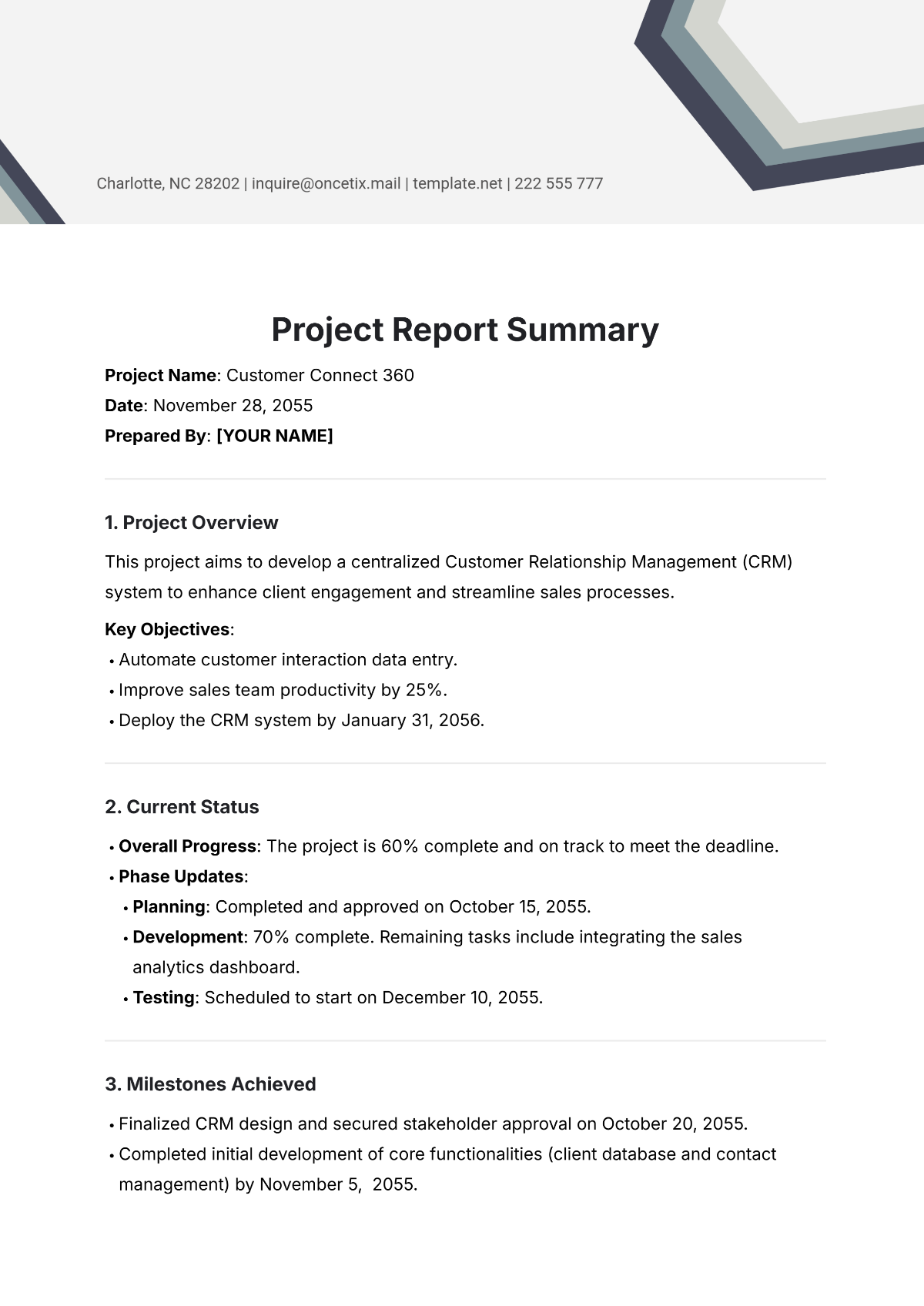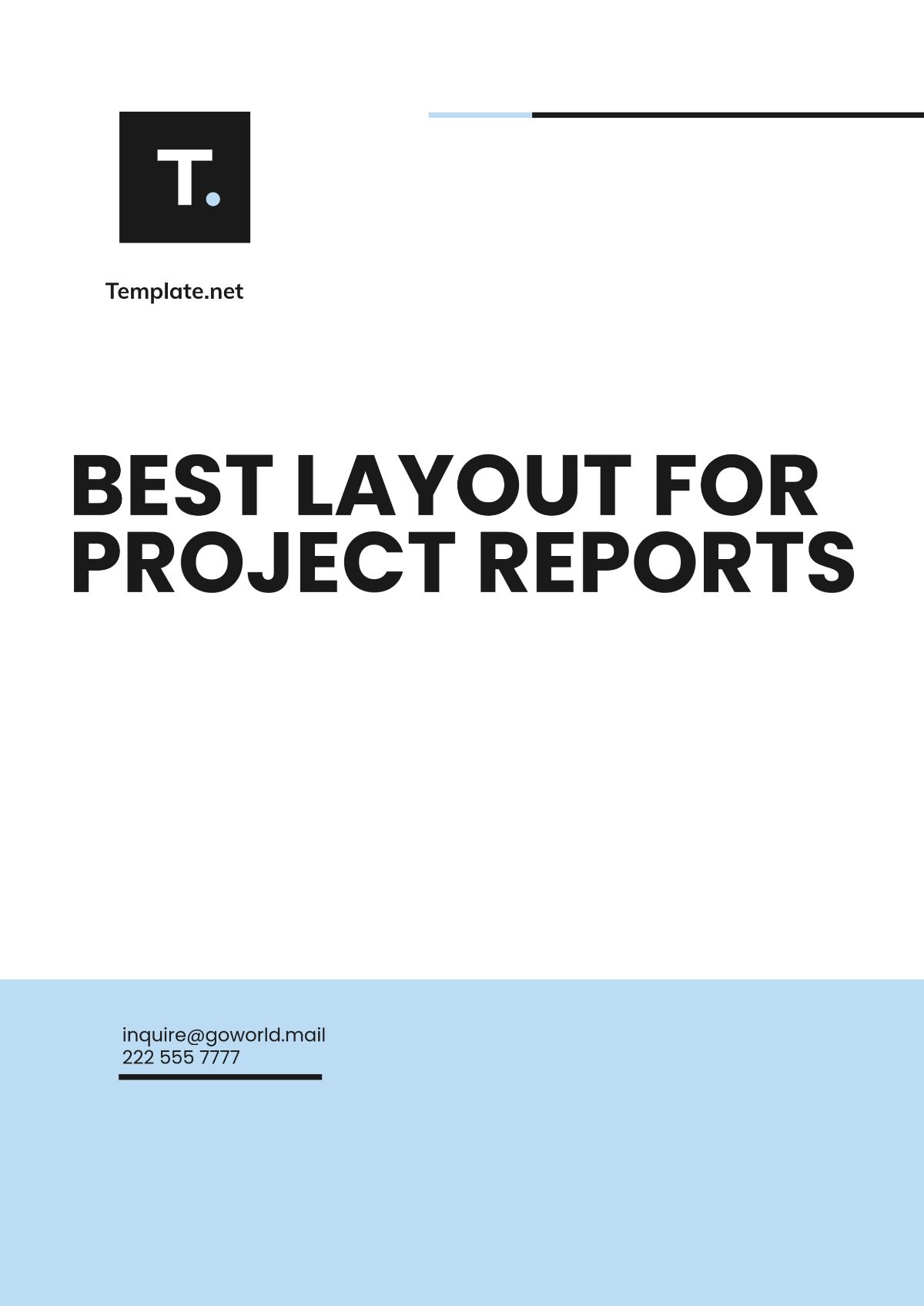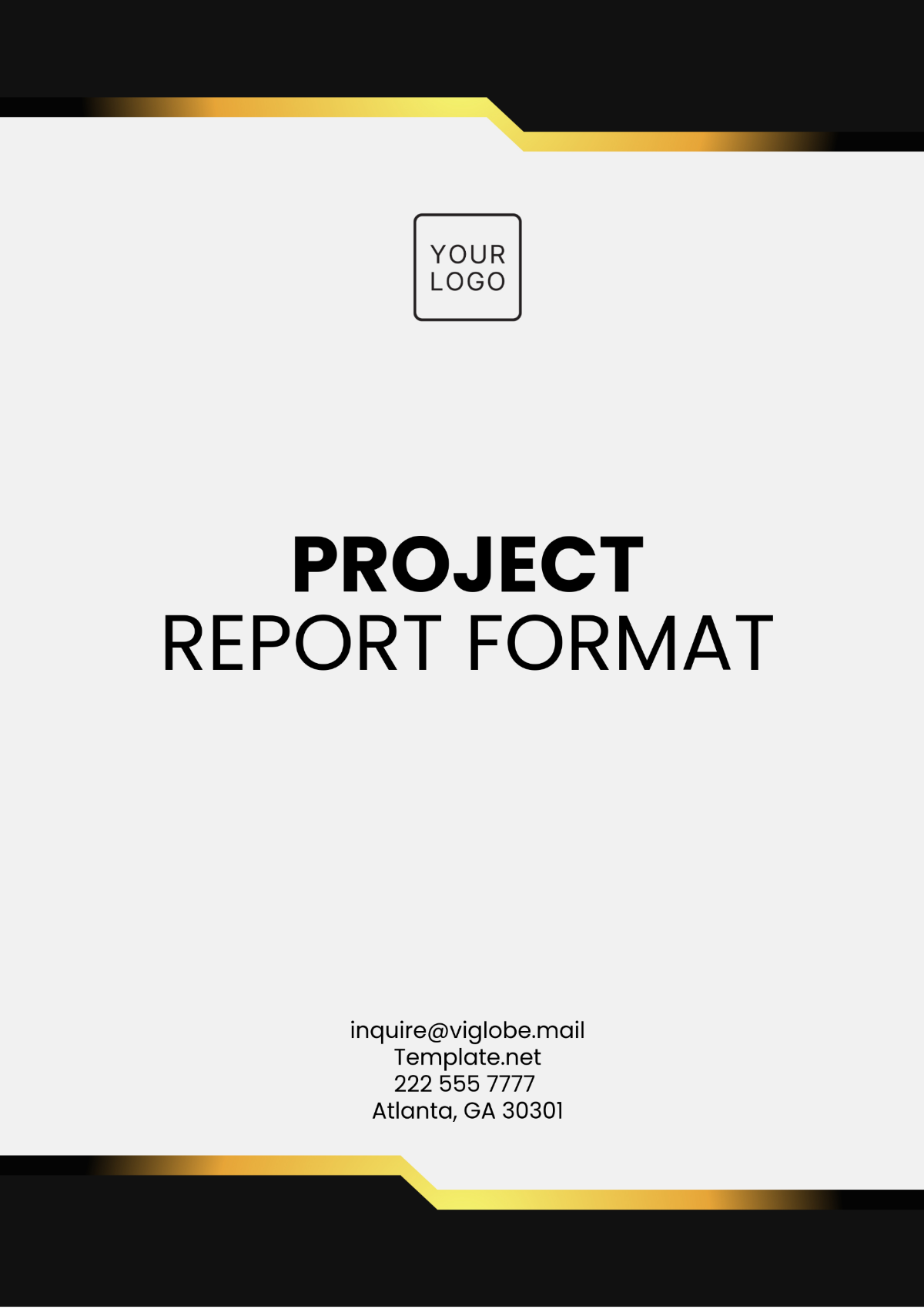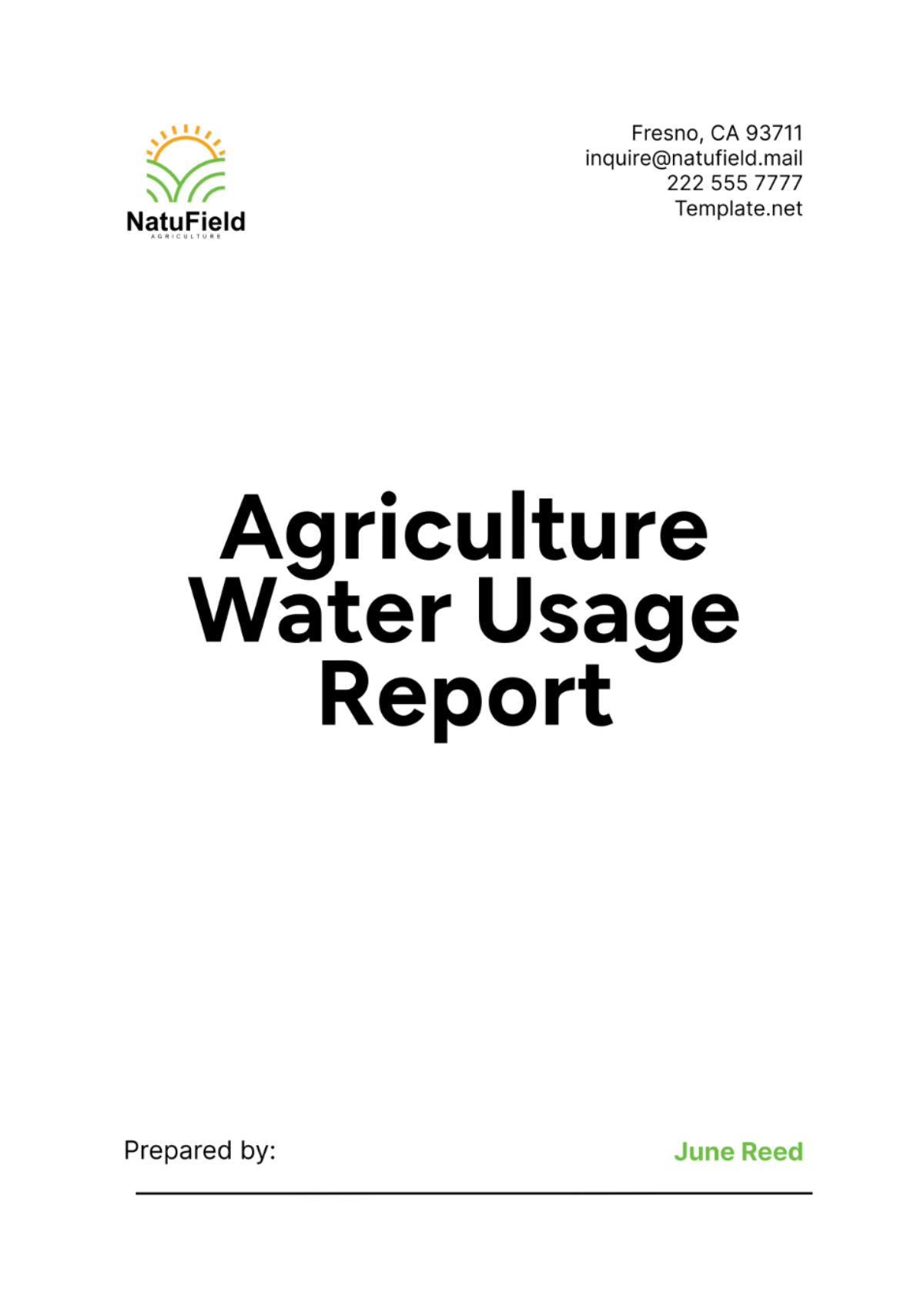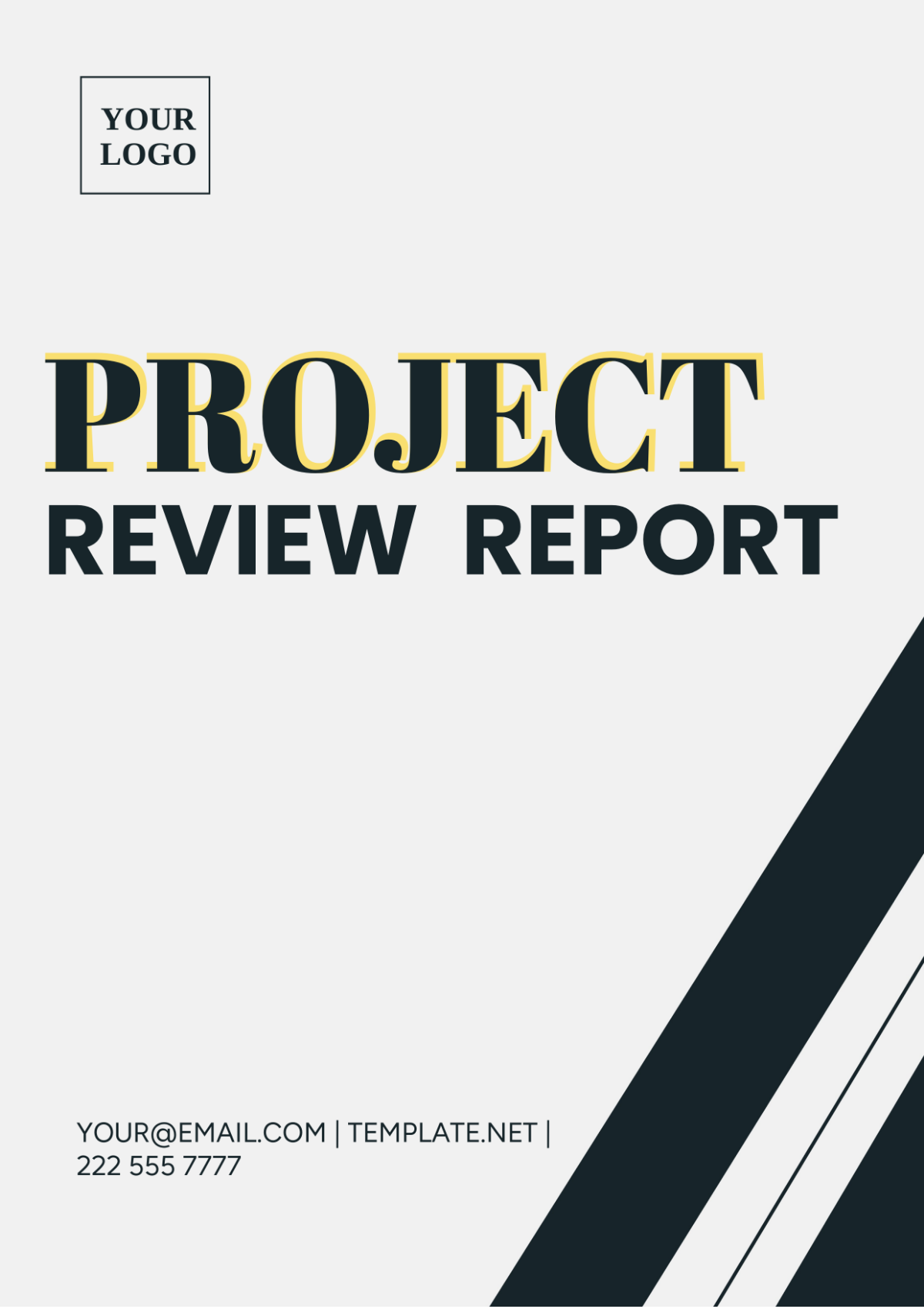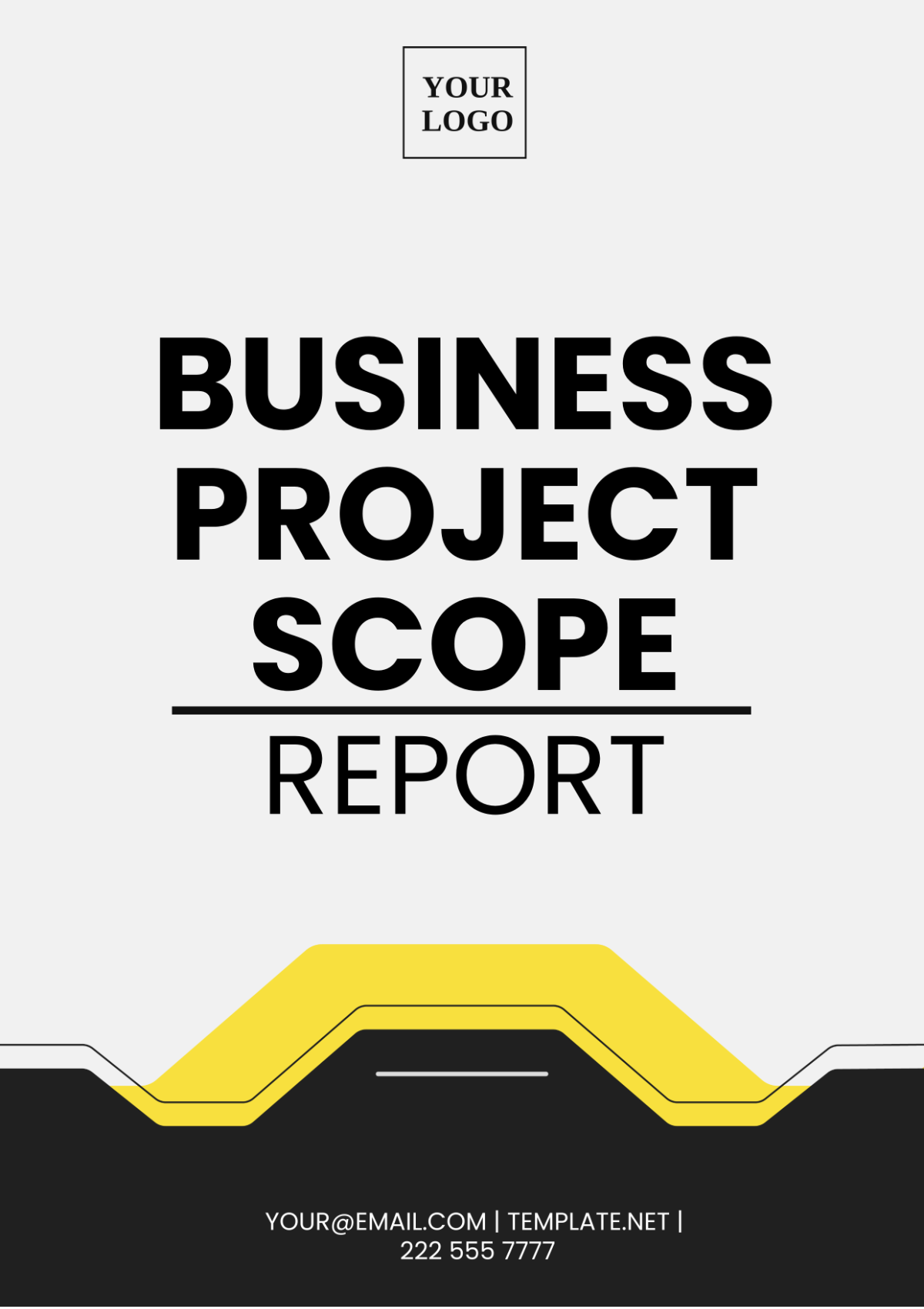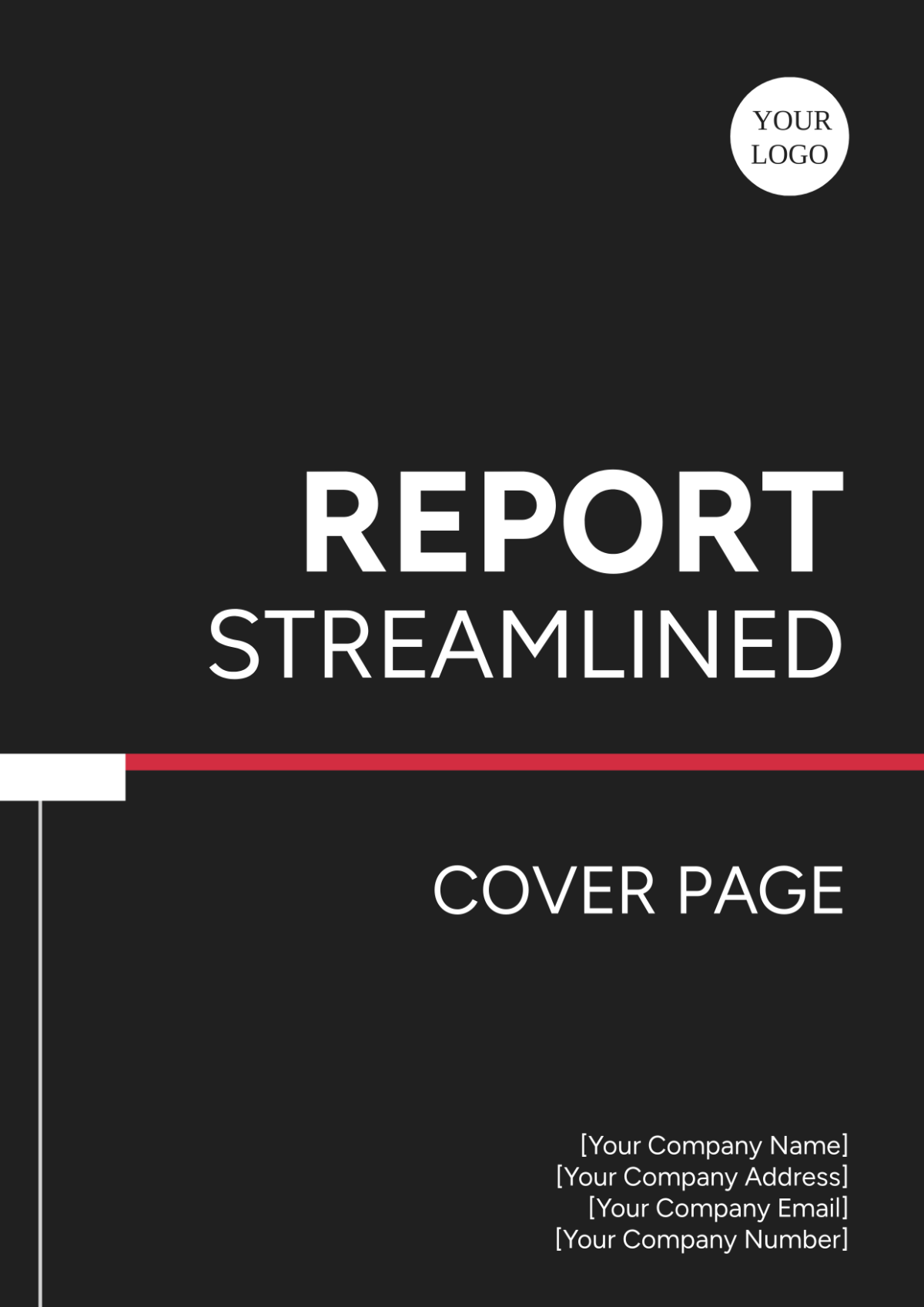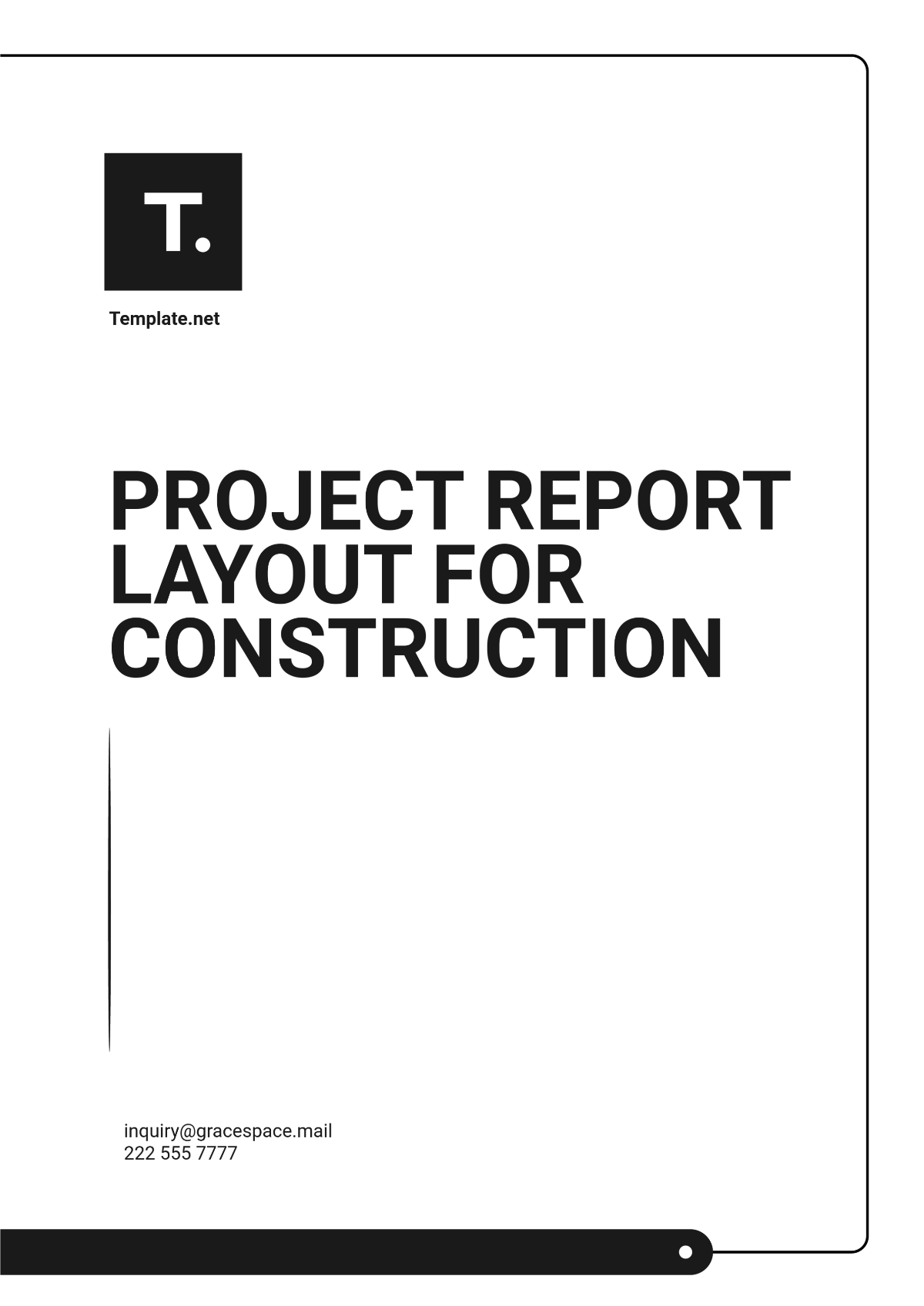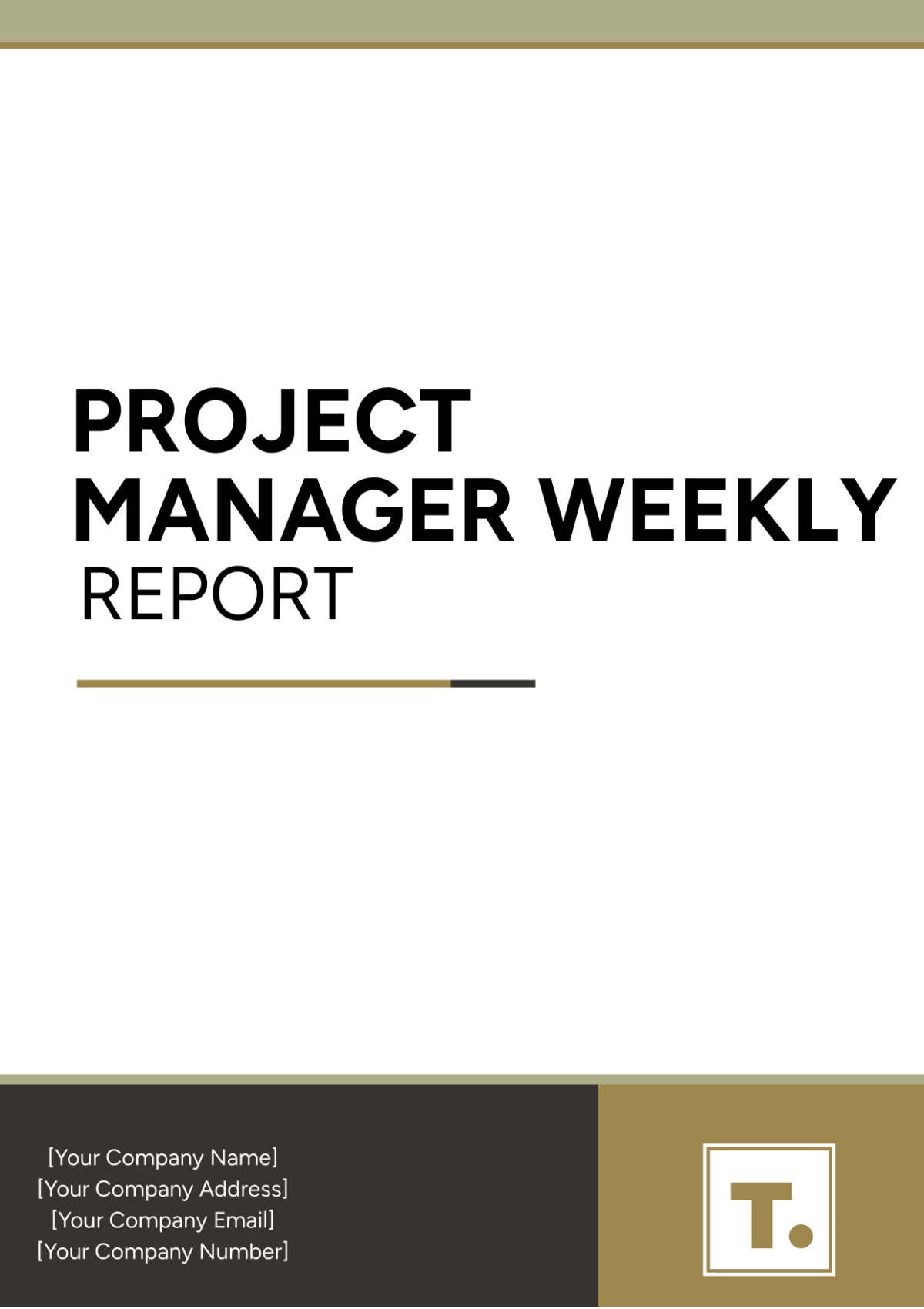Report Framework
Introduction
This report aims to provide a comprehensive framework to guide the development and execution of in-depth reports. A report framework serves as a structured plan, helping in organizing content logically, ensuring clarity, and achieving the objectives of the report.
Objectives
The primary objective of this report framework is to outline the essential components, methodology, and presentation format necessary for crafting detailed reports. Additionally, it seeks to ensure consistency and facilitate effective communication of information.
Specific Objectives
Identify key components of a structured report.
Propose methodologies for data collection and analysis.
Suggest formatting and presentation standards.
Highlight tools and resources effective in report writing.
Components of the Report Framework
Executive Summary
An executive summary encapsulates the core essence of the report, providing decision-makers with a quick, concise overview of critical information, findings, and recommendations.
Introduction
The introduction sets the stage by presenting the background, context, and aims of the report. It highlights the significance of the research or investigation being reported, providing readers with necessary background information.
Methodology
The methodology section outlines the procedures and techniques used in the report's research. This includes the data collection methods, analytical tools, and the frameworks applied for data interpretation.
The following table outlines typical methods used in different types of reports:
Type of Report | Data Collection Method | Analysis Tools |
|---|---|---|
Qualitative Report | Interviews, Focus Groups | Thematic Analysis |
Quantitative Report | Surveys, Experiments | Statistical Software (SPSS, R) |
Findings
Detail the key findings and results of the research conducted. This section should present data and insights in a clear, logical format, often using visuals such as graphs, tables, and charts for enhanced understanding.
Discussion
The discussion section interprets the findings, examining their implications, and drawing relationships with the reported objectives. It critically evaluates the findings in the context of the existing literature or theoretical frameworks.
Conclusion and Recommendations
Summarize the report's key findings and provide actionable recommendations where applicable. This section should re-emphasize the importance of the research and suggest measured strategies or steps forward.
References
A comprehensive list of all references, citations, and bibliographies used throughout the report. Proper citation ensures the report's academic integrity and allows readers to trace the source material.
Appendices
Provide supplemental material that supports the main body of the report. This includes raw data, additional charts, detailed methodologies, and other relevant documents.
Formatting and Presentation
Formatting and presentation are critical in enhancing the readability and professionalism of the report. Standard formatting guidelines include, but are not limited to, font size and style, margin settings, and the use of headings and subheadings for clear navigation.
Use a consistent font style, such as Arial or Times New Roman, typically size 12 for body text.
Adopt a clear heading hierarchy using
h1,h2, andh3tags.Ensure appropriate line spacing, typically 1.5 or double.
Incorporate page numbers and a table of contents for longer reports.
Utilize visual aids like images, graphs, and tables where appropriate.
Tools and Resources
Various tools and resources can support the report writing process. Applications for word processing, data analysis, project management, and graphic design can all contribute to a more refined and professional report.
Word Processing
Microsoft Word
Google Docs
Libra Office
Data Analysis
Microsoft Excel
SPSS
R and RStudio
Graphic Design
Adobe Illustrator
Canva
Tableau
Conclusion
This report framework provides a flexible but structured approach to report writing, ensuring clarity, coherence, and comprehensive coverage of relevant topics. By following this framework, authors can effectively communicate their findings and recommendations to their audience.

